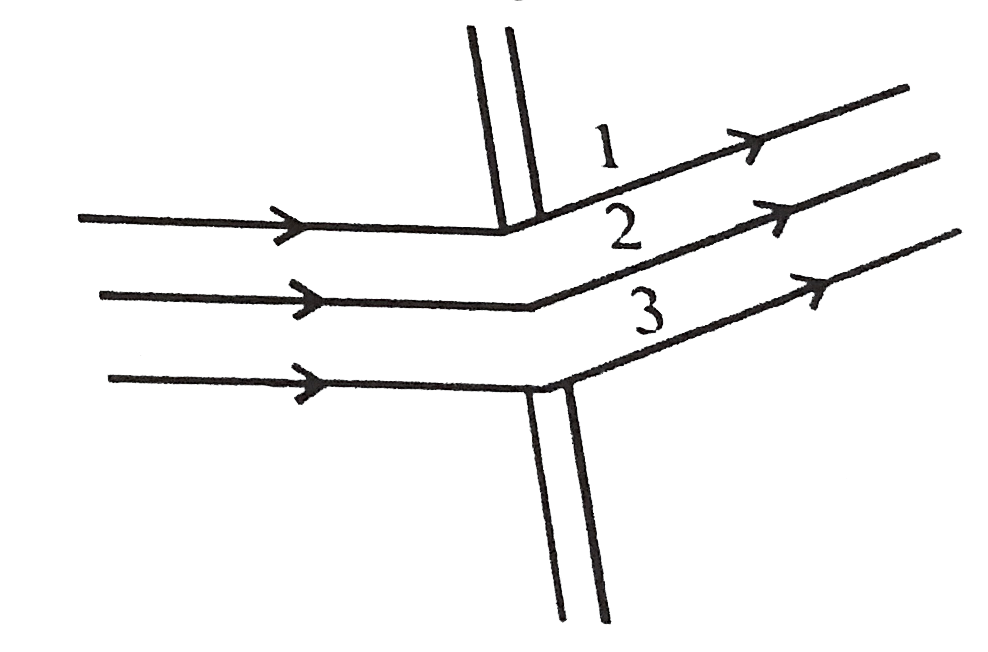Find the right condition(s) for Fraunhofer diffraction due to a single slit
Source is at infinite distance and the incident beam has converged at the slit
source is near to the slit and the incident beam is parallel.
Source is at infinity and the incident beam is parallel
Source is near to the slit and the incident beam has
The correct Answer is:B, C
In Fraunhoffer diffraction, the incident rays on the slit are parallel. This can be achieved by keeping
(a) point source at the focus of a converging lens
(b) point source of infinite distance.
Topper's Solved these Questions
- WAVE OPTICSBOOK - MTG-WBJEECHAPTER - WAVE OPTICSEXERCISE - WB JEE PREVIOUS YEARS QUESTION (MCQ.s)
9 Videos
- THERMODYNAMICSBOOK - MTG-WBJEECHAPTER - THERMODYNAMICSEXERCISE - WB JEE Previous Years Questions
12 Videos
- WORK, POWER, ENERGYBOOK - MTG-WBJEECHAPTER - WORK, POWER, ENERGYEXERCISE - EXERCISE (WB JEE Previous Years Questions) CATEGORY 1 : Single Option Correct Type (1 Mark)
3 Videos
Similar Questions
Knowledge Check
For Fraunhofer diffraction to occur
Alight source should be at infinity.Bboth source and screen should be at infinity.Conly the source should be at finite distanceDboth source and screen should be at finite distanceThe condition for observing Fraunhofer diffraction from a single slit is that the light wavefront incident on the slit should be
ASphericalBCylindricalCPlaneDEllipticalDirection of the first secondary maximum in the Fraunhofer diffraction pattern at a single slit is given by (a is the width of the slit)
A(a) asinθ=λ2B(b) acosθ=3λ2C(c) asinθ=λD(d) asinθ=3λ2
Draw an intensity distribution graph for diffraction due to a single slit.
View SolutionThe adjacent figure shows Fraunhoffer’s diffraction due to a single slit. If first minimum is obtained in the direction shown, then the path difference between rays 1 and 3 is

View SolutionDraw a graph showing the intensity distribution of fringes due to diffraction at single slit
View SolutionThe angular width of the central maximum of the diffraction patternn in a single slit (of width a) experiment, with λ as the wavelenth of light, is
View SolutionCentral fringe obtained in diffraction pattern due to a single slit-
View Solution
